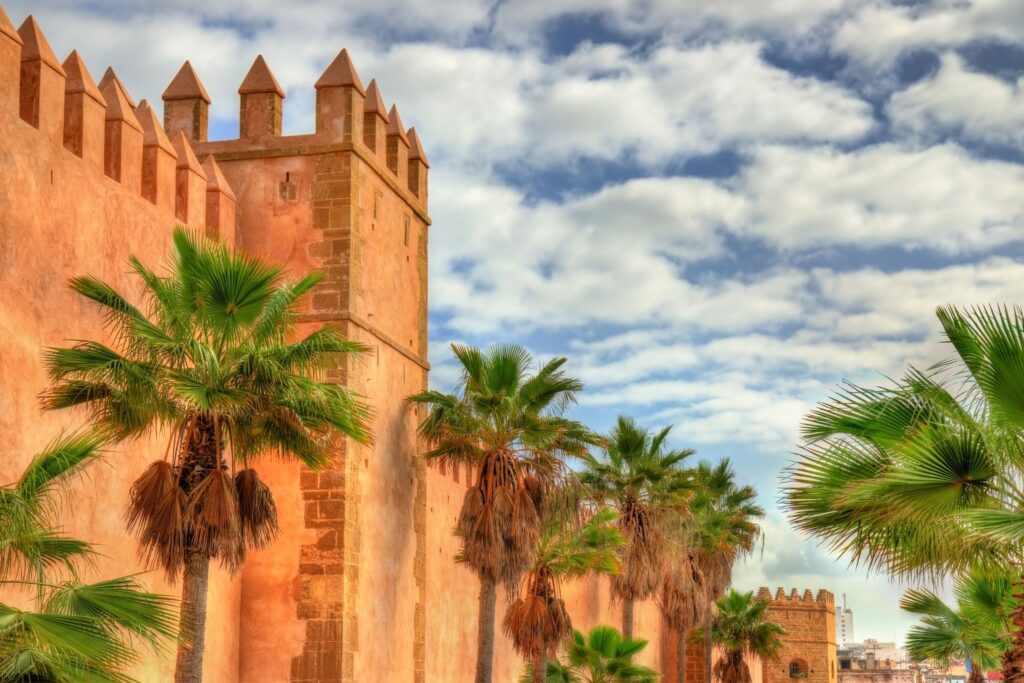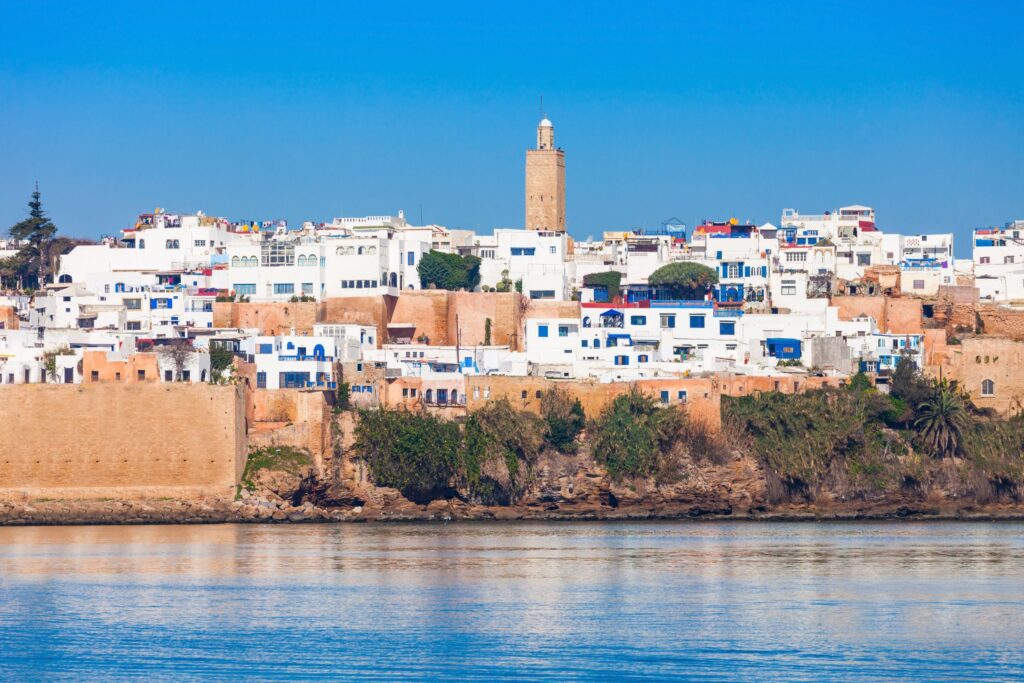When it comes to cultural and historical significance, Morocco is a treasure trove of UNESCO World Heritage Sites. From ancient medinas to architectural marvels, these sites showcase the country’s rich heritage and provide a glimpse into its diverse past. In this article, we’ll take you on a journey through the UNESCO Sites in Morocco, inviting you to explore the cultural treasures that make this North African nation truly remarkable.
UNESCO Sites in Morocco
1. Medina of Marrakech
Step into the bustling heart of Marrakech and discover the mesmerizing Medina, a UNESCO World Heritage Site since 1985. Lose yourself in its maze-like streets, where vibrant souks, stunning palaces, and historical landmarks await. Explore the iconic Koutoubia Mosque, wander through the opulent Bahia Palace, and immerse yourself in the lively atmosphere of Jemaa el-Fnaa square. The Medina of Marrakech is a true testament to Morocco’s vibrant culture and architectural brilliance.
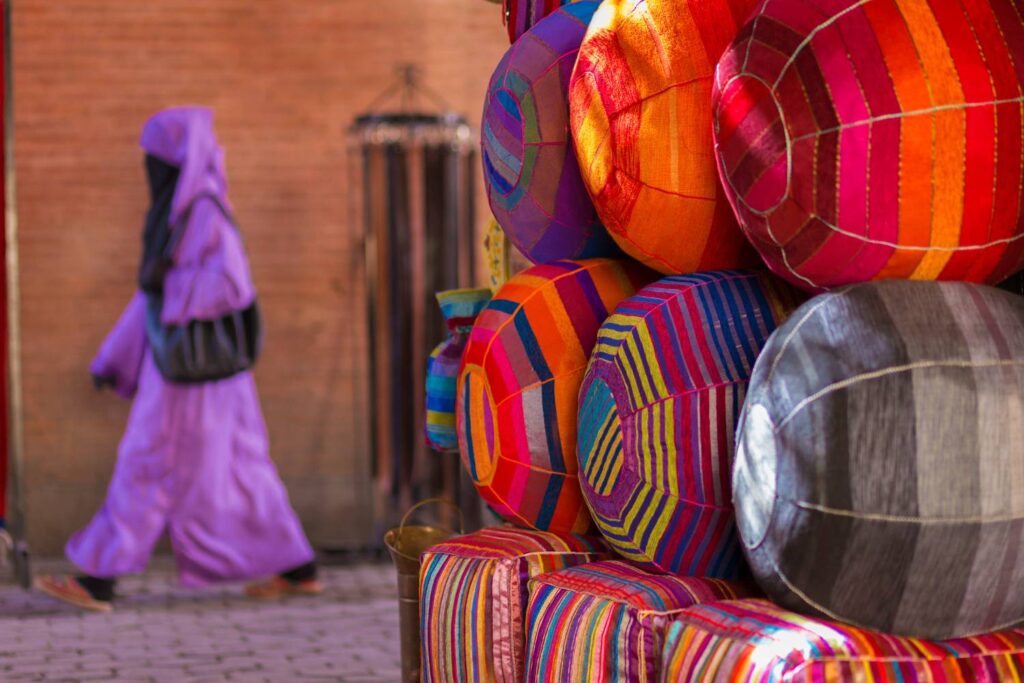
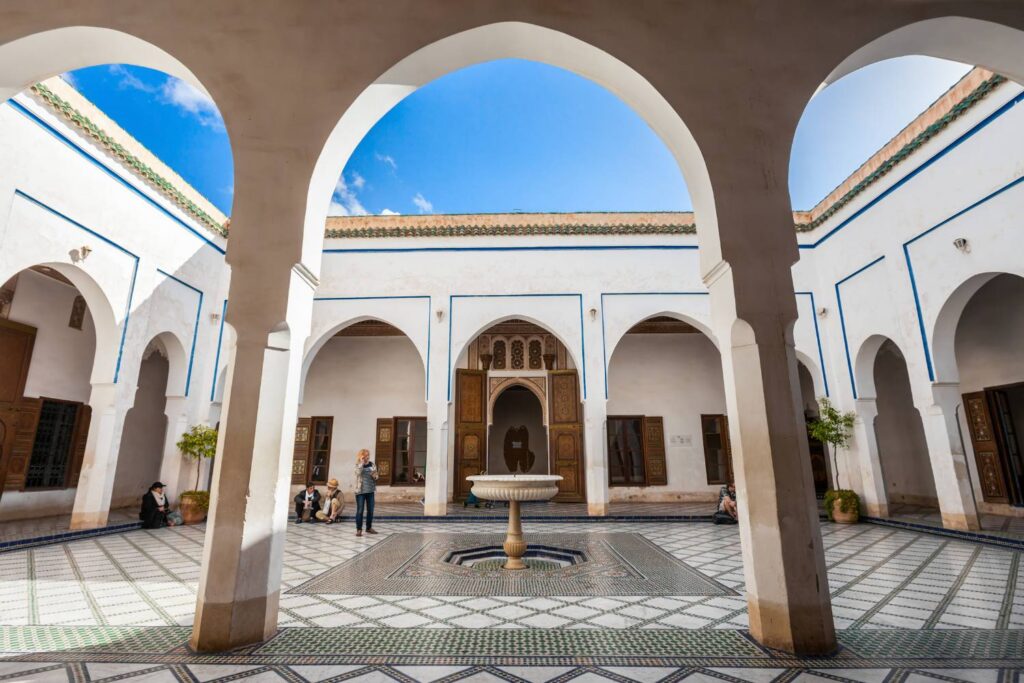
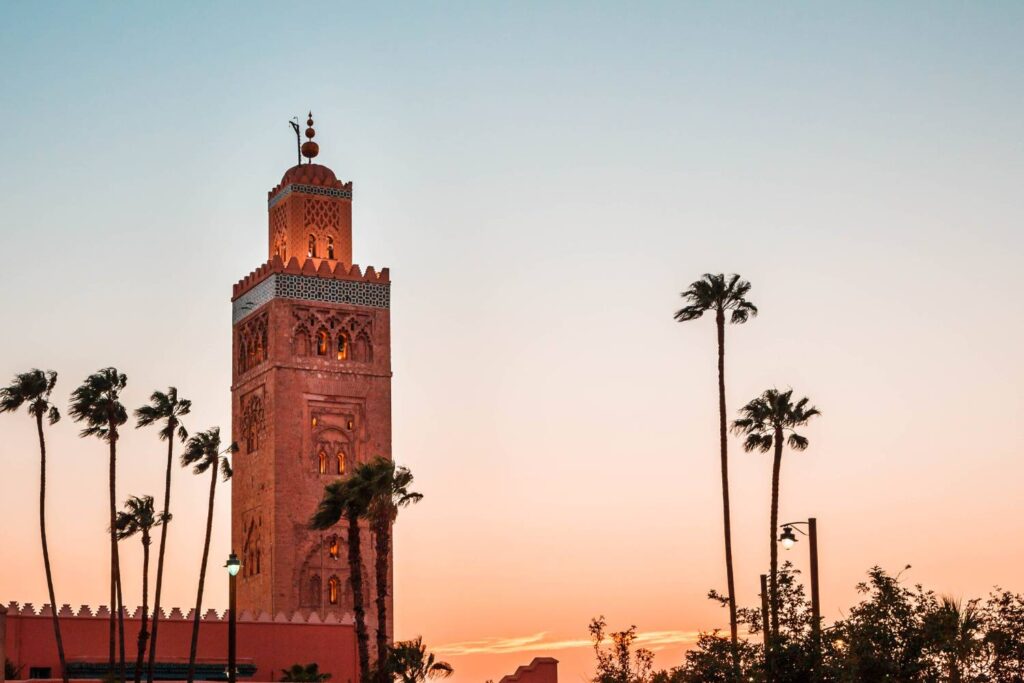
2. Medina of Fez
Dating back to the 9th century, the Medina of Fez is a UNESCO-protected gem and the world’s largest urban pedestrian zone. Step into a bygone era as you navigate through its narrow streets and intricate alleyways. Admire the stunning architecture of Al-Qarawiyyin Mosque, visit the ancient University of Al-Qarawiyyin, and explore the fascinating tanneries. The Medina of Fez is a living testament to the medieval Islamic city and a hub of traditional craftsmanship.
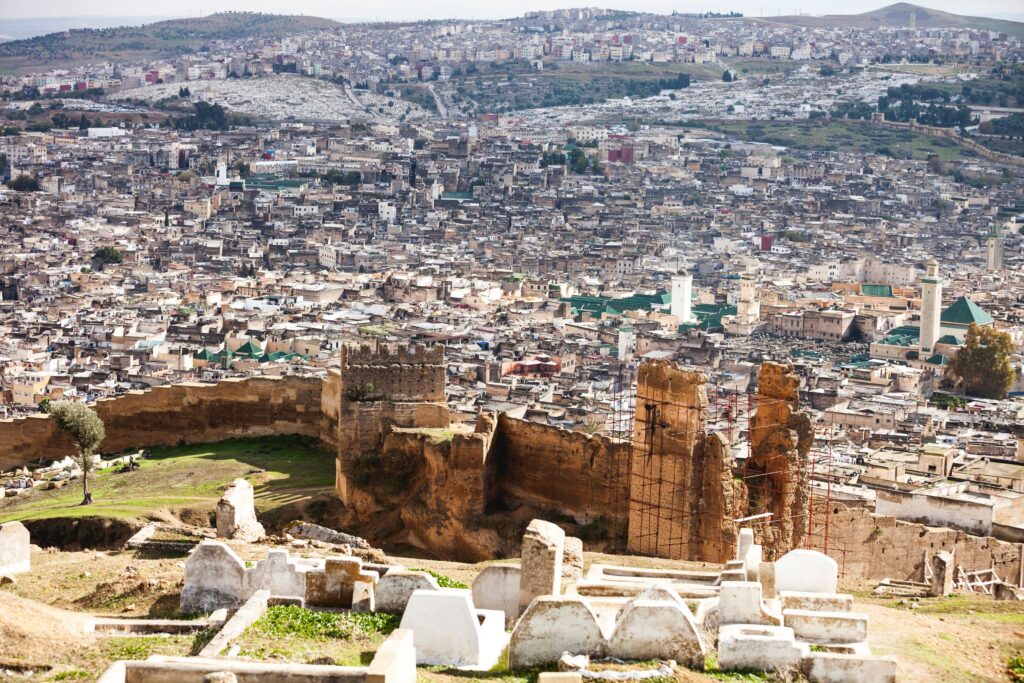
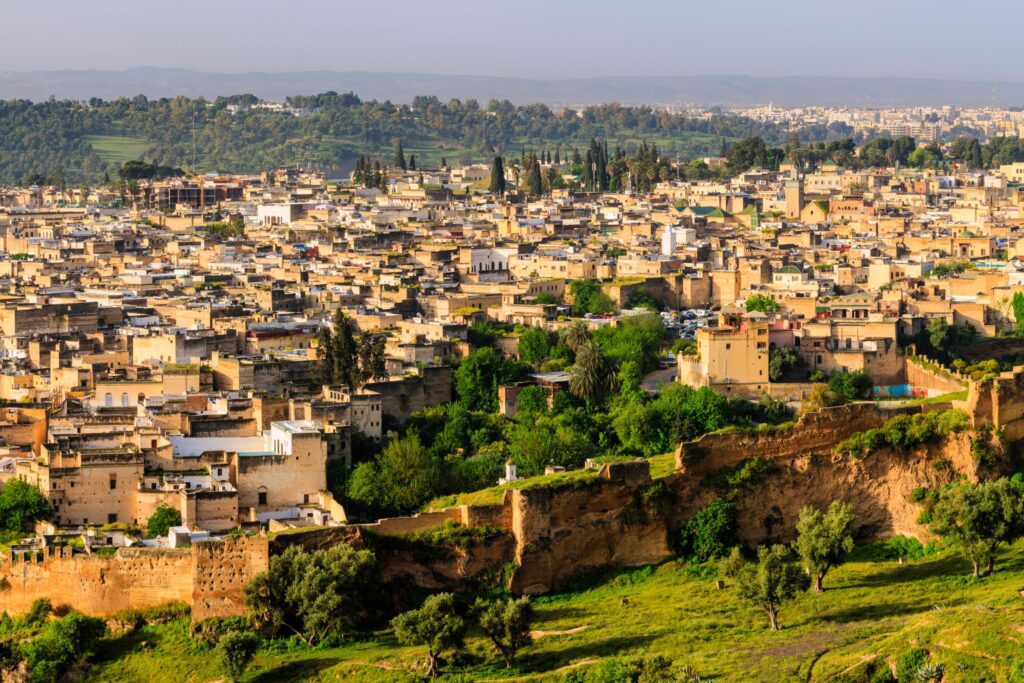
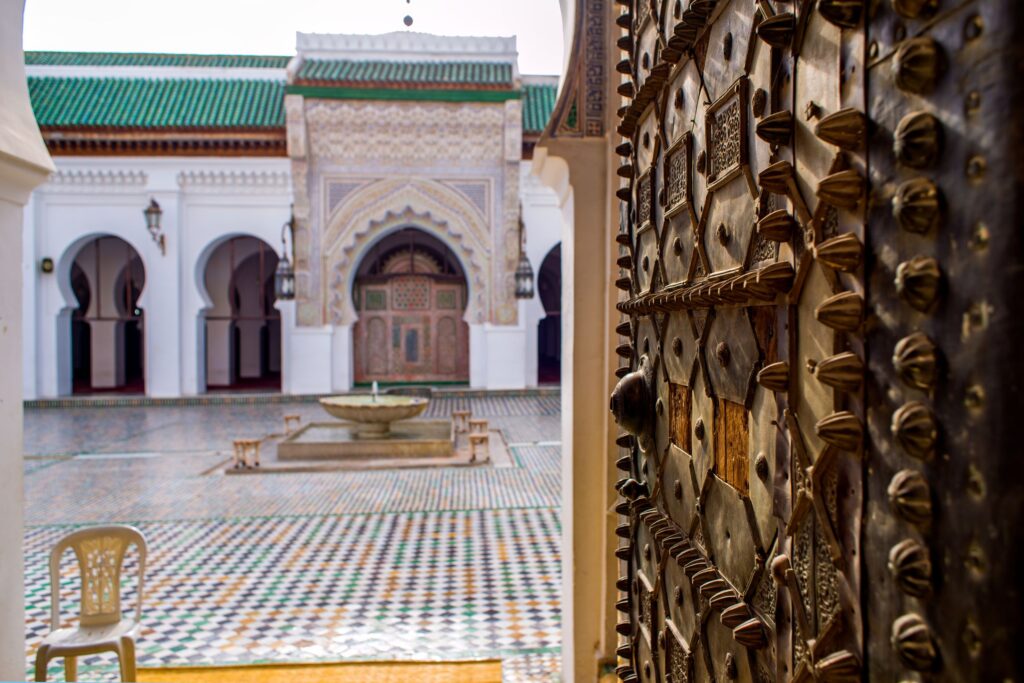
3. Ait Ben Haddou
Located along the former caravan route between the Ouarzazate city and Marrakech, Ait Ben Haddou is a fortified village that has stood the test of time. This UNESCO World Heritage Site is famous for its traditional earthen architecture, characterized by its ksar (fortified village) and stunning kasbahs. Recognizable from its appearances in numerous films, including “Gladiator” and “Game of Thrones,” Ait Ben Haddou offers a glimpse into Morocco’s ancient caravan trade and architectural mastery.
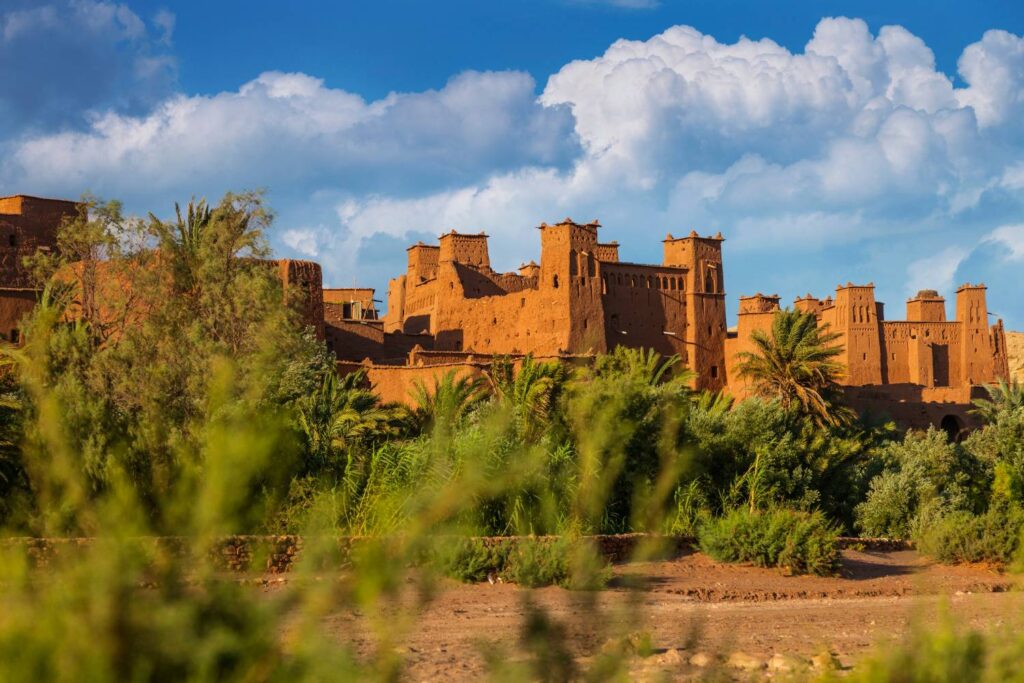
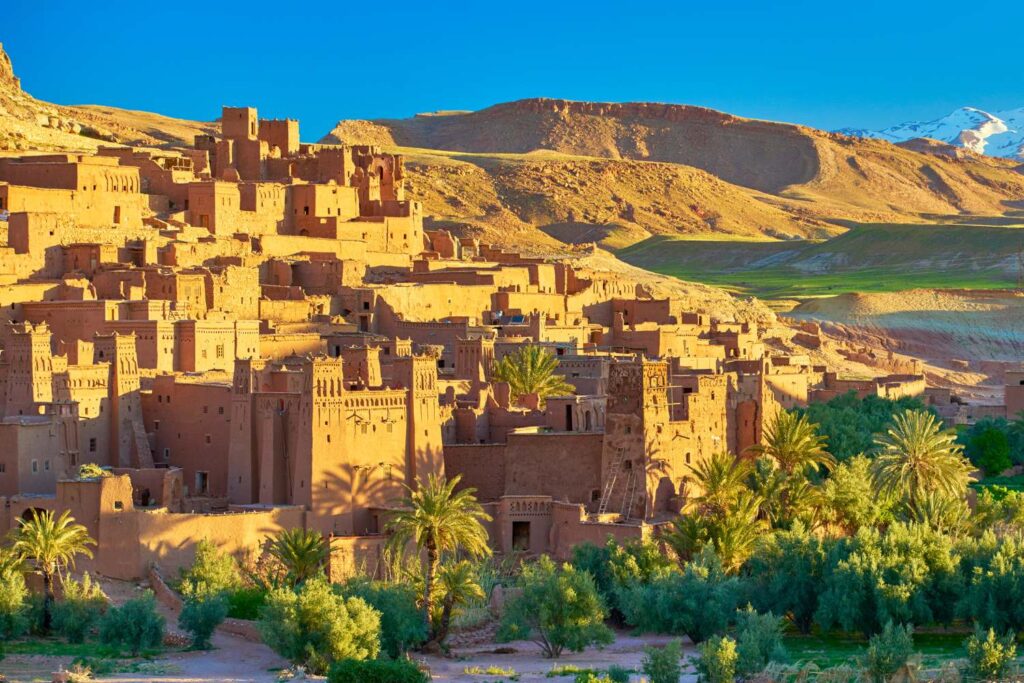
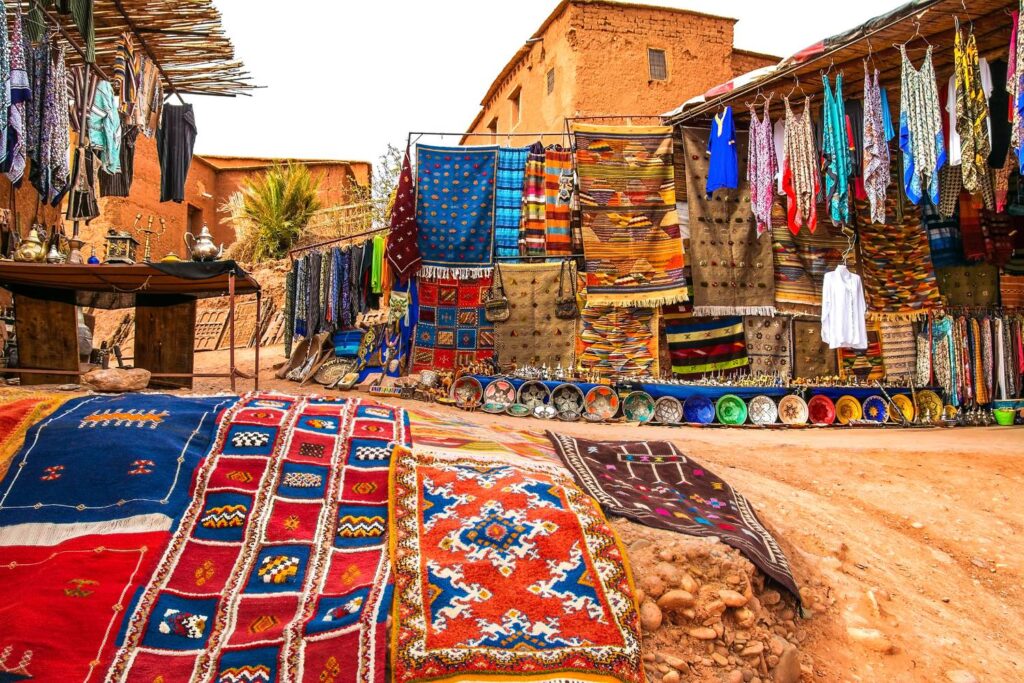
4. Medina of Tetouan
Nestled in the Rif Mountains, the Medina of Tetouan is a beautifully preserved town with a unique blend of Moroccan and Andalusian influences. This UNESCO-listed site is renowned for its whitewashed buildings, intricate courtyards, and stunning traditional mosques. Stroll through the narrow alleyways, visit the Ethnographic Museum, and immerse yourself in the vibrant atmosphere of the medina. The Medina of Tetouan is a hidden gem that provides a captivating glimpse into Morocco’s multicultural history.
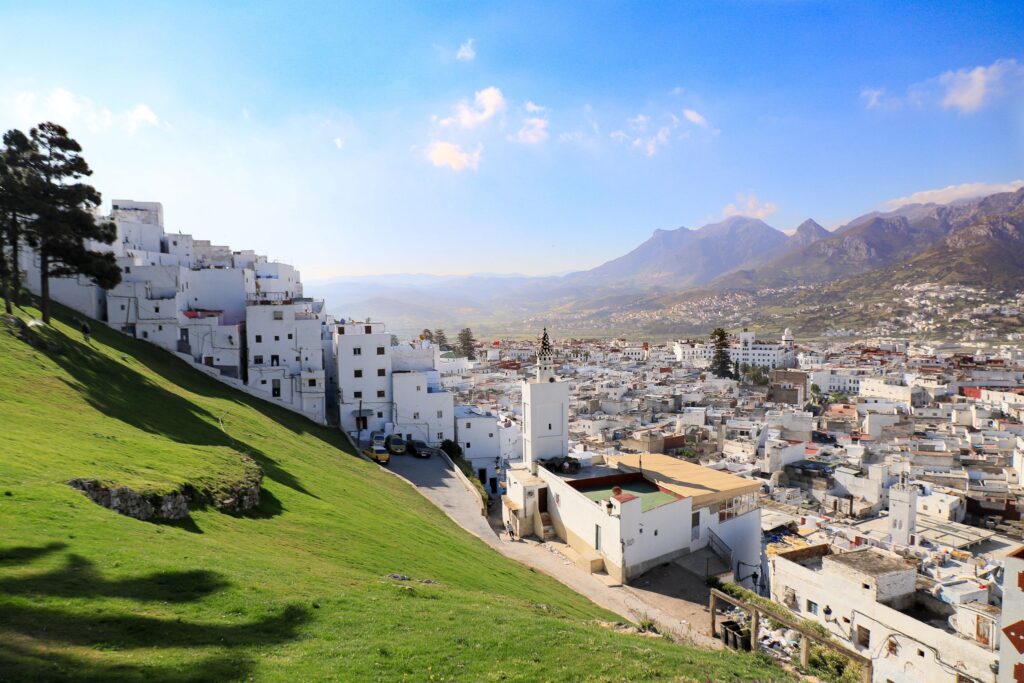
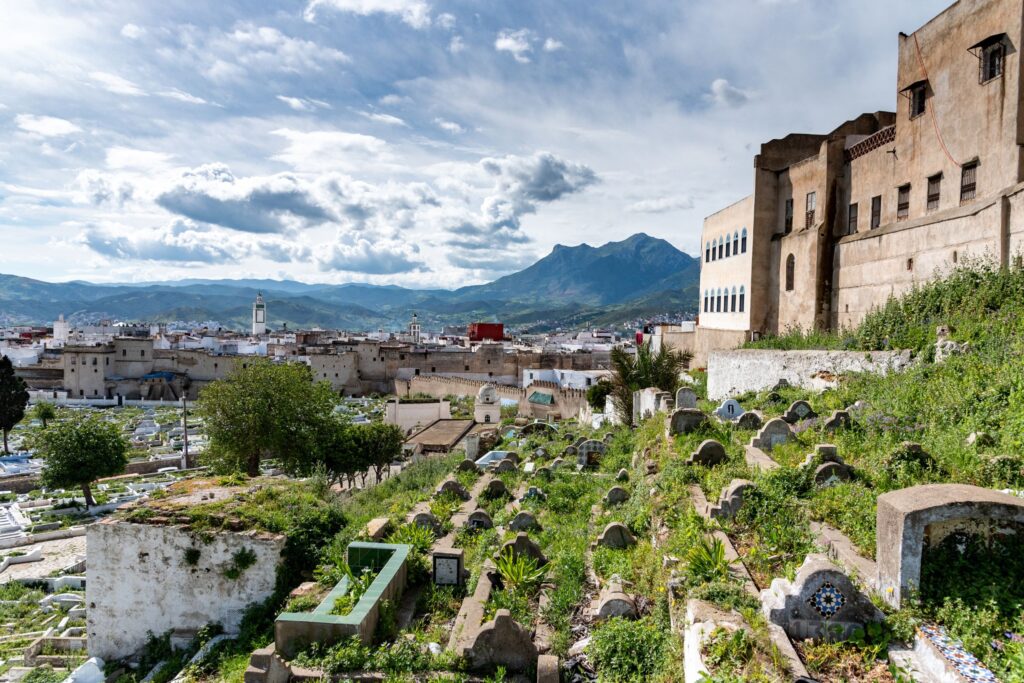
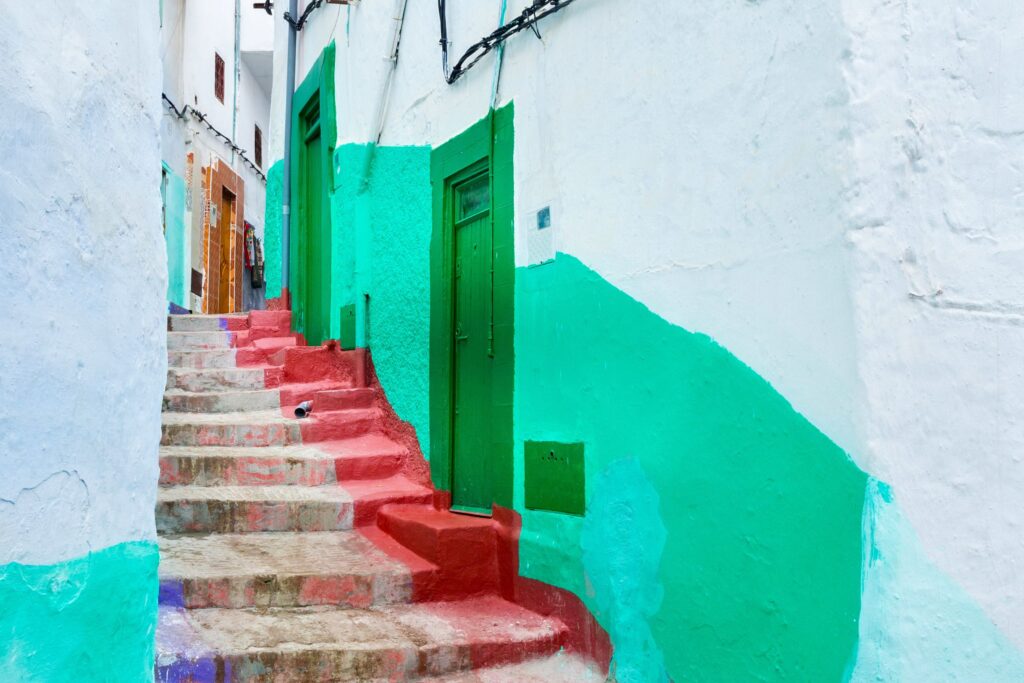
5. Archaeological Site of Volubilis
Travel back in time to the days of the Roman Empire with a visit to the Archaeological Site of Volubilis. This UNESCO-protected site boasts remarkably preserved ruins, including elaborate mosaics, triumphal arches, and well-preserved Roman houses. Take a walk through history as you explore the ancient streets and envision the grandeur of this once-thriving city. The Archaeological Site of Volubilis offers a fascinating insight into Morocco’s Roman past.
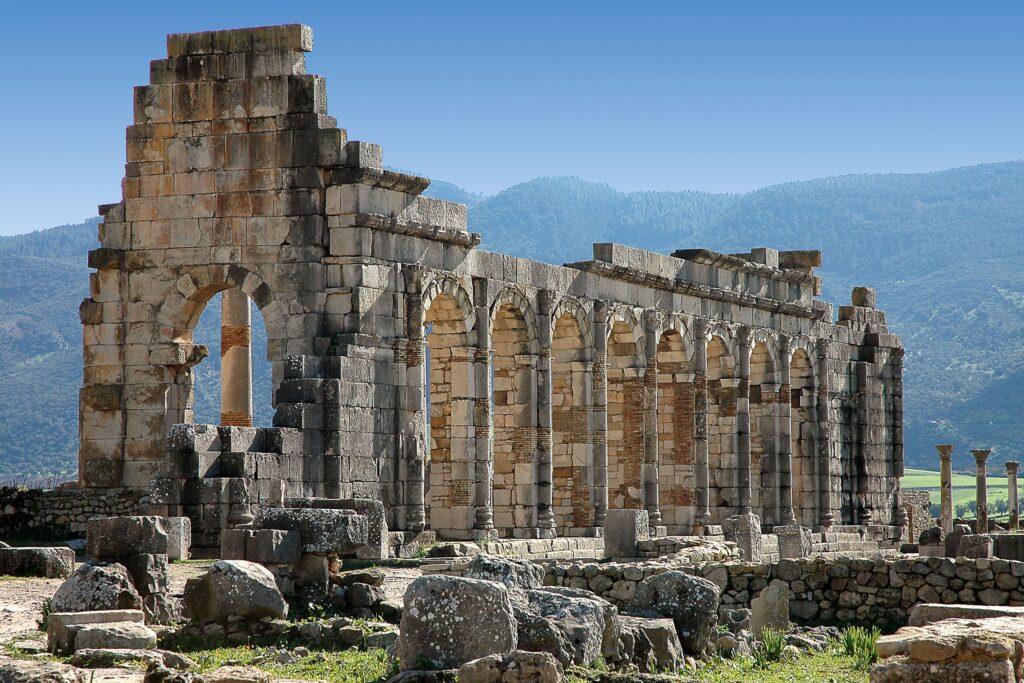
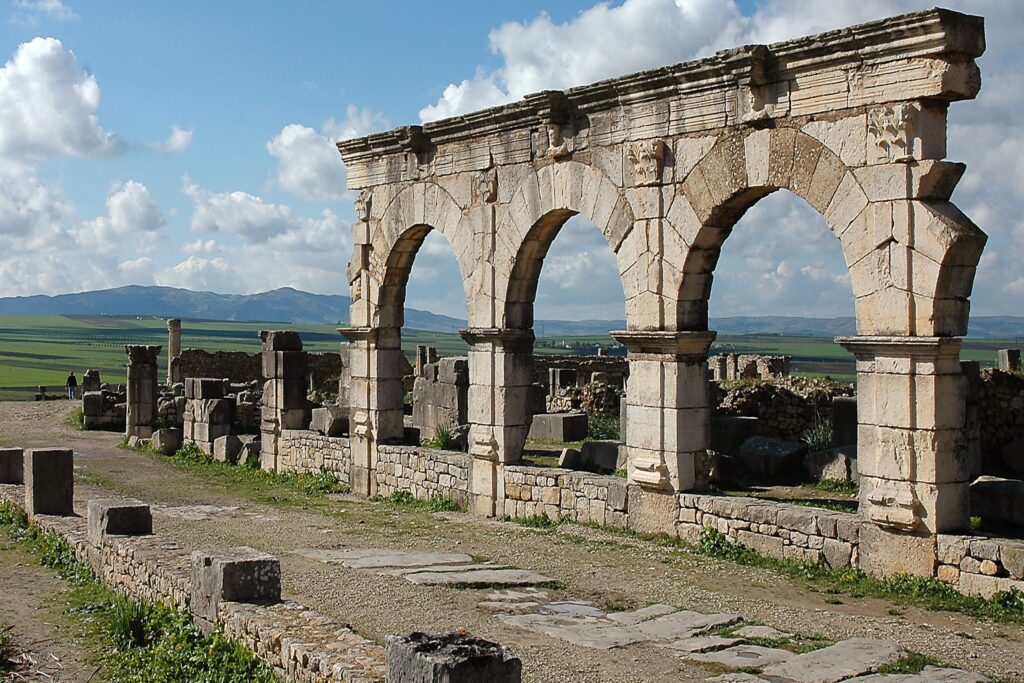
6. Historic City of Meknes
Is a UNESCO World Heritage site renowned for its rich historical and cultural significance. Founded in the 11th century by the Almoravids, Meknes served as the capital of Morocco under the rule of Sultan Moulay Ismail in the 17th century. The city’s architectural wonders, such as the Bab Mansour gate, the Mausoleum of Moulay Ismail, and the Heri es-Souani granaries, reflect the grandeur and splendor of its past. Meknes is known for its harmonious blend of Islamic and European architectural styles, evident in its mosques, palaces, and gardens. The city’s medina, a vibrant maze of narrow streets and bustling markets, offers a glimpse into traditional Moroccan life. Meknes’ inclusion on the UNESCO list serves as a testament to its outstanding universal value and the preservation of its rich heritage.
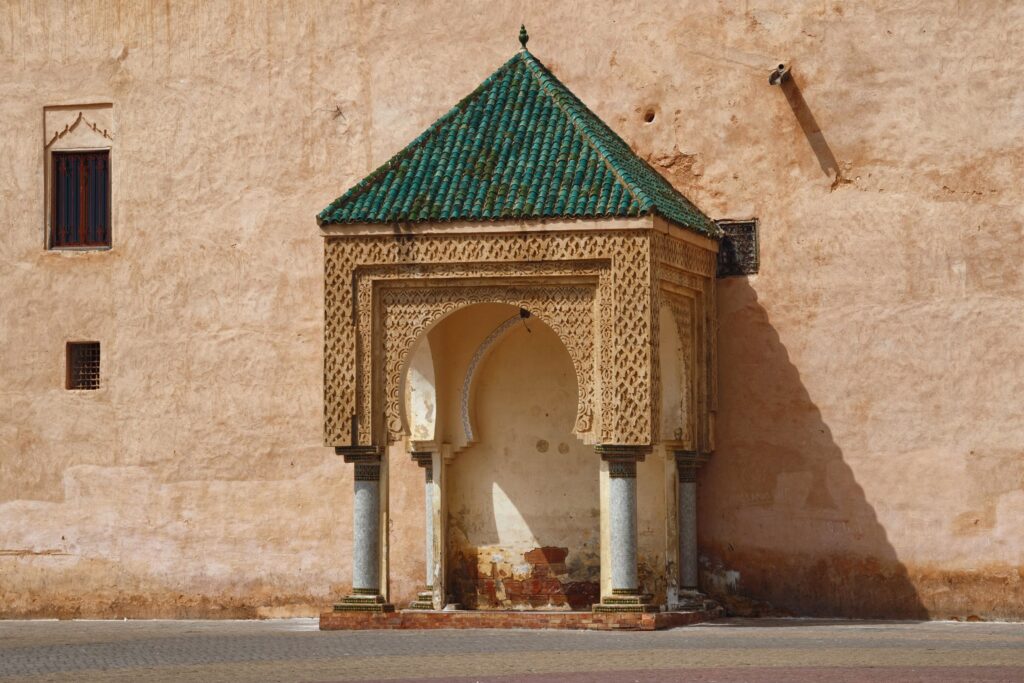
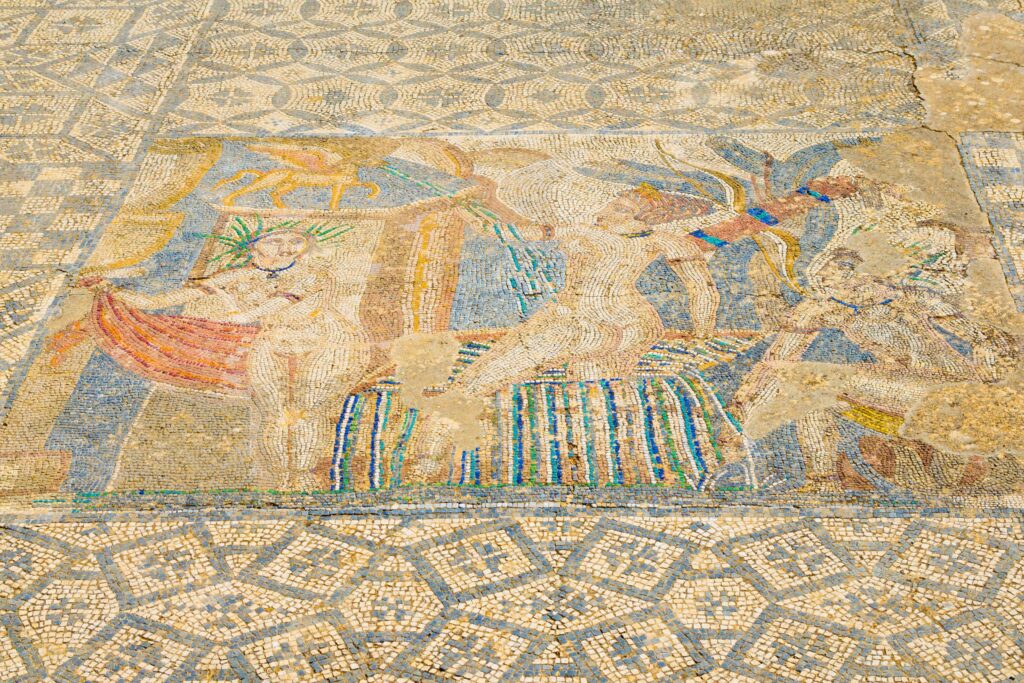
7. Medina of Essaouira
Perched on the Atlantic coast, the Medina of Essaouira is a charming UNESCO-listed town that combines Moroccan, European, and Islamic architectural styles. Known for its well-preserved fortifications and bustling port, Essaouira offers a unique coastal experience. Explore the labyrinthine streets of the medina, where art galleries, craft shops, and seafood restaurants abound. Walk along the impressive ramparts, visit the Skala de la Ville, and enjoy panoramic views of the ocean. The Medina of Essaouira is a delightful fusion of history, culture, and natural beauty.
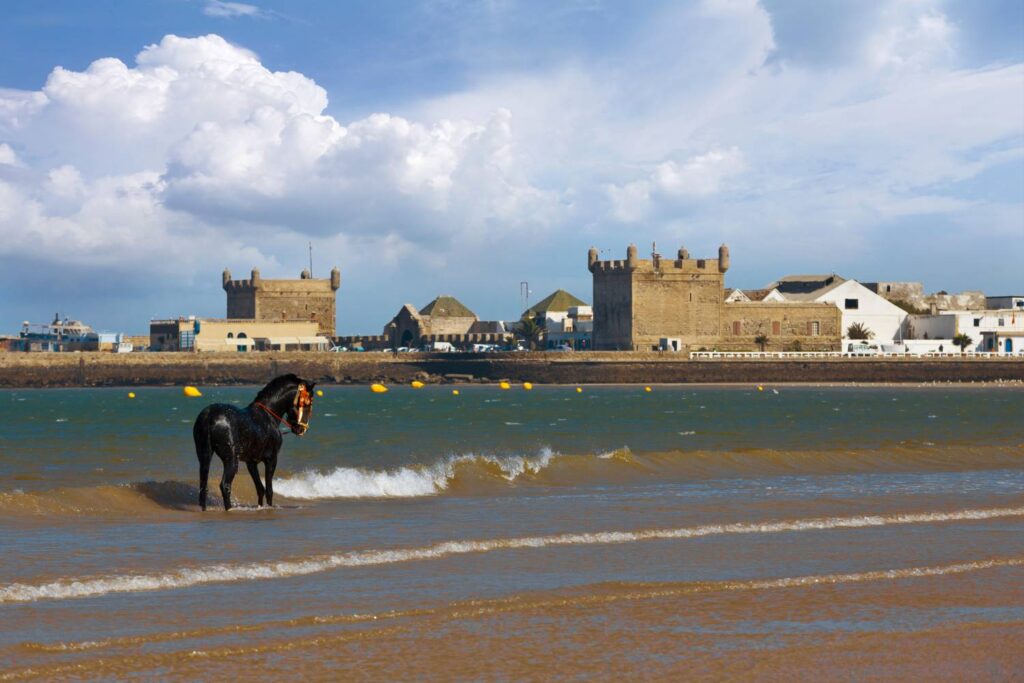
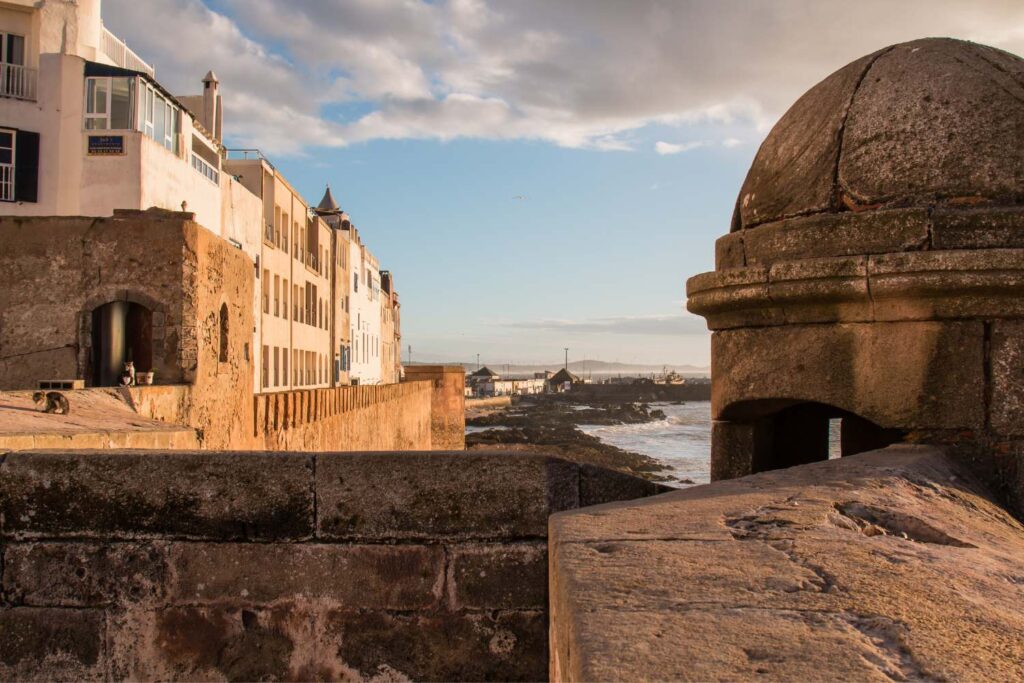
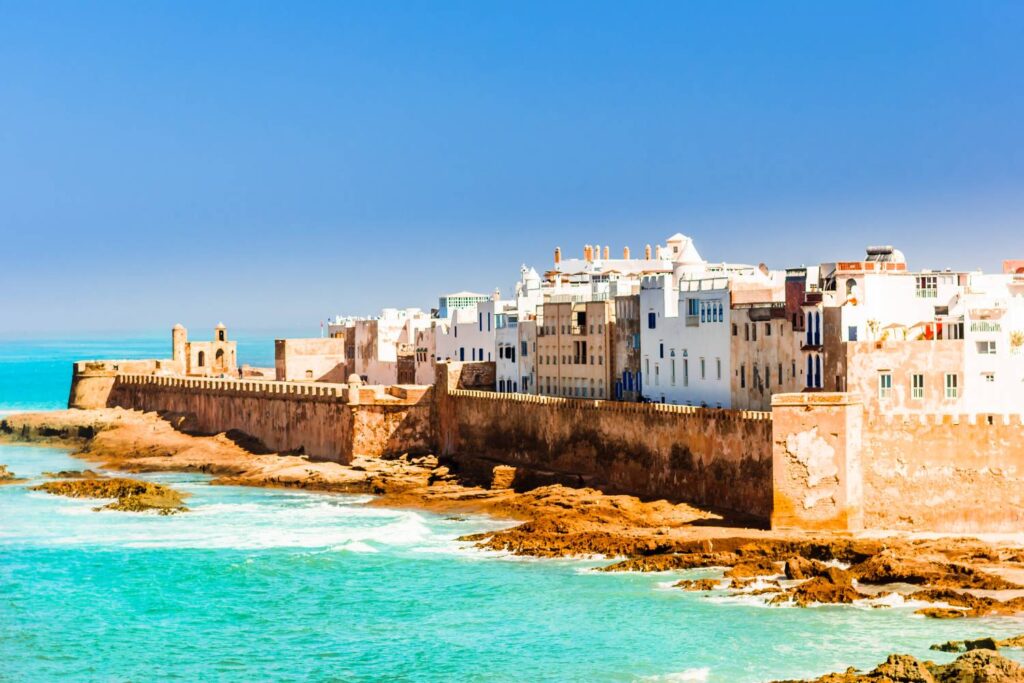
8. El Jadida
Discover the remnants of the Portuguese colonial era at the Portuguese City of Mazagan, also known as El Jadida. This UNESCO World Heritage Site is a testament to the city’s strategic importance as a trading post during the 16th century. Explore the well-preserved fortress walls, visit the Cistern, an underground water reservoir, and marvel at the Portuguese-inspired architecture. The Portuguese City of Mazagan offers a captivating blend of European and Moroccan influences.
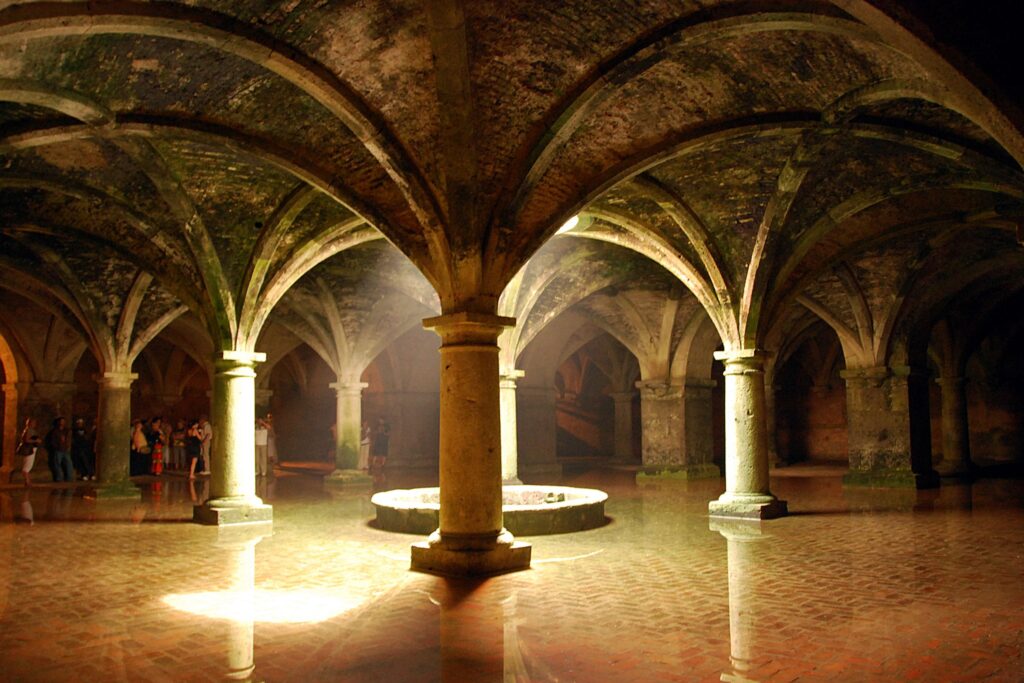
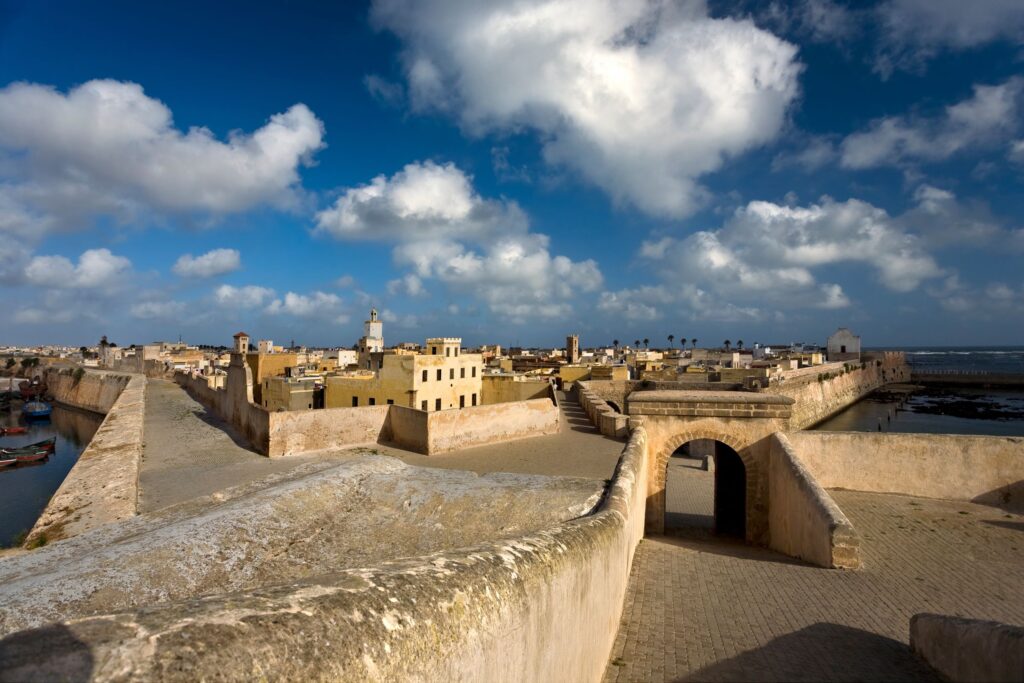
9. Rabat, Modern Capital, and Historic City
The capital city of Morocco, Rabat, is a fascinating blend of modernity and historical charm. This UNESCO World Heritage Site encompasses both the modern capital and the ancient medina. Explore the well-preserved ruins of Chellah, a Roman and medieval necropolis, and visit the grand Kasbah of the Udayas with its picturesque blue and white streets. Rabat offers a unique juxtaposition of ancient history and contemporary vitality.
